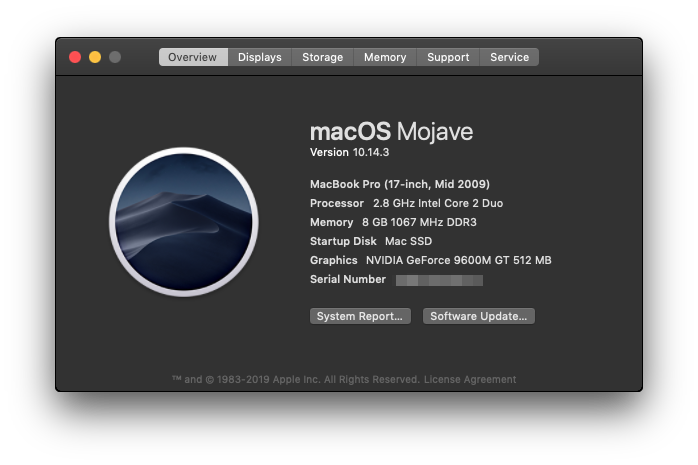Newsmr. Mac's Class 2019 20

10 Uplifting Positive Affirmation Apps That Help You Re-Center on the Go. 20 Best Mac Apps for Productivity You Need in 2020. 15 Ways You Are Wasting Time During the Day (And How to Stop) When You Have These Recipes, You No Longer Need to Suppress Your Appetite for Dessert. 4 Natural Ways to Soothe Your Itchy Skin. Mac's Class 2019/20. Science Fair Ideas. Science Fair Rules. We love science in 4th grade - from the building and programming of Lego robots to the exploration of nature, the basic elements of organisms, and the moons and stars in outer space! Science is a subject which should inflame the heart, not merely challenge the intellect. July 20, 2020 Mark Murphy from Mr. Mac’s Macaroni and Cheese featured on the Food Network’s Food Paradise Show. The episode “Seafood – Eat Food” will first air on July 22, 2020.
This content is part of California Department of Education's information and media guide about education in the State of California. For similar information on other topics, visit the full CalEdFacts.California Education Code (EC) sections 41376 and 41378 prescribe the maximum class sizes and penalties for districts with any classes that exceed the limits established in 1964.
- Kindergarten—average class size not to exceed 31 students; no class larger than 33 students
- Grades one through three—average class size not to exceed 30 students; no class larger than 32 students
- Grades four through eight—in the current fiscal year, average number of students per teacher not to exceed the greater of 29.9 (the statewide average number of students per teacher in 1964) or the district’s average number of students per teacher in 1964
The intent of these laws is to encourage the reduction of class size and the ratio of students to teachers. If the above limits are exceeded, statute requires the Superintendent of Public Instruction to reduce the district's revenue limit apportionment for each student over the limit. In short, this means that the penalty for exceeding the limit is a loss in all revenue limit funding for each student over the limit. Regulations related to class size penalties are in California Code of Regulations, Title 5, sections 15100 – 15112.
Class size penalties are applied at the Second Principal Apportionment from information reported to the California Department of Education (CDE) on the Report of Regular Day Classes and Enrollment for Kindergarten and Elementary Grades. The report is part of the Principal Apportionment attendance software located on the CDE Software and Forms Web page. It includes enrollment information through the last full school month ending on or before April 15 and is due to the CDE in early May each year.
School districts that choose to increase these maximums may submit waiver requests to the State Board of Education (SBE) and, if the SBE approves the waiver, the penalty will be adjusted.
Depreciable properties are usually grouped into classes. To claim CCA, you should know about the following classes.

Class 8
The maximum CCA rate for this class is 20%. Musical instruments are included in Class 8.

Class 10
The maximum CCA rate for this class is 30%.
You include motor vehicles and some passenger vehicles in Class 10. Motor vehicles and passenger vehicles are defined on the Vehicle definitions chart.
Your passenger vehicle can belong to either Class 10 or Class 10.1. You only include a passenger vehicle in Class 10.1 if it meets certain conditions. These conditions are explained below.
Class 10.1
The maximum CCA rate for this class is 30%.
The maximum capital cost of each vehicle that may be included in Class 10.1 is now $30,000 plus GST and provincial sales tax (PST), or HST.

News Mr Mac S Class 2019 20
Include your passenger vehicle in Class 10.1 if it meets one of the following conditions:
- You acquired it after August 31, 1989, and before January 1, 1997, and it cost you more than $24,000.
- You acquired it in 1997, and it cost you more than $25,000.
- You acquired it in 1998 or 1999, and it cost you more than $26,000.
- You acquired it in 2000, and it cost you more than $27,000.
- You acquired it after December 31, 2000, and it cost you more than $30,000.
If your passenger vehicle does not meet any of these conditions, then it belongs in Class 10.
News Mr Mac S Class 2019 2020
To determine what class your passenger vehicle belongs to, do not include the GST and PST, or HST, when calculating the cost of the vehicle.
The following compares the two CCA classes (Class 10 and Class 10.1) for vehicles: